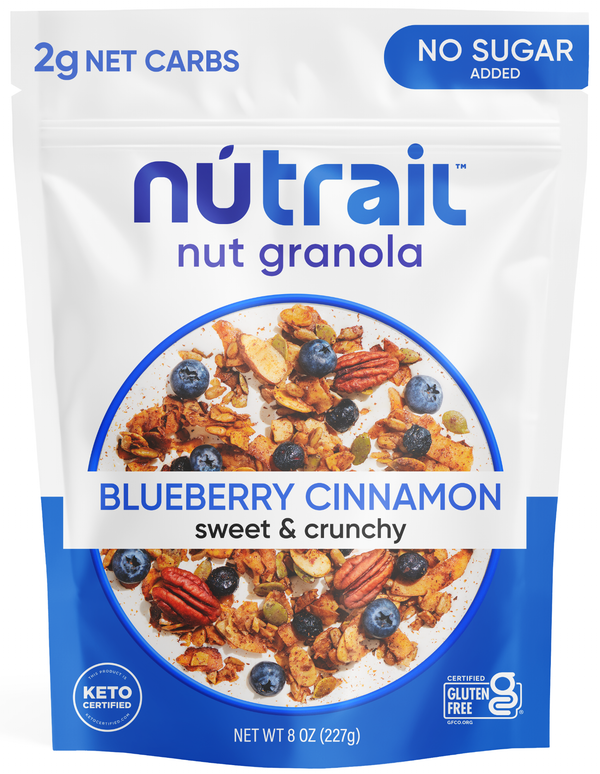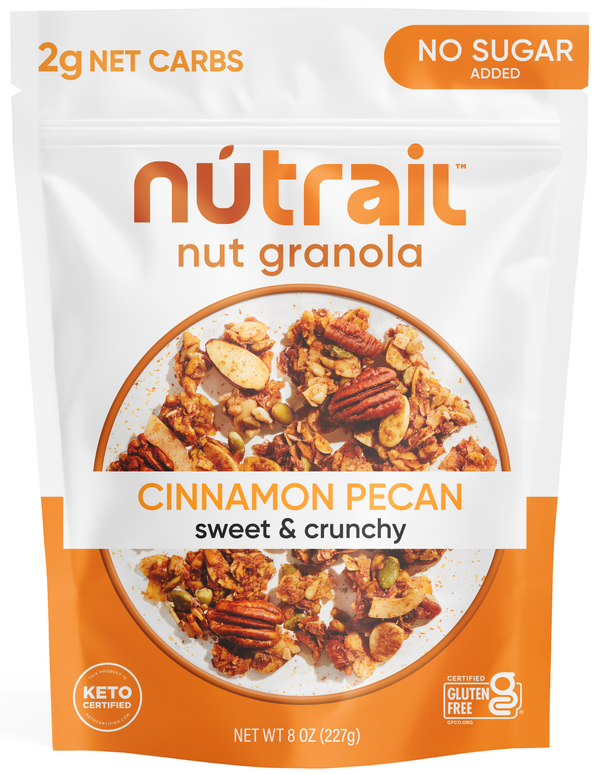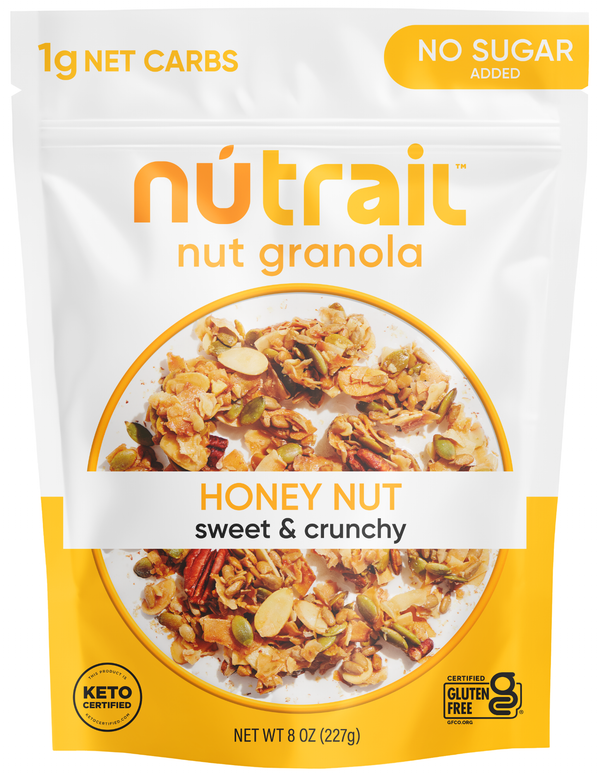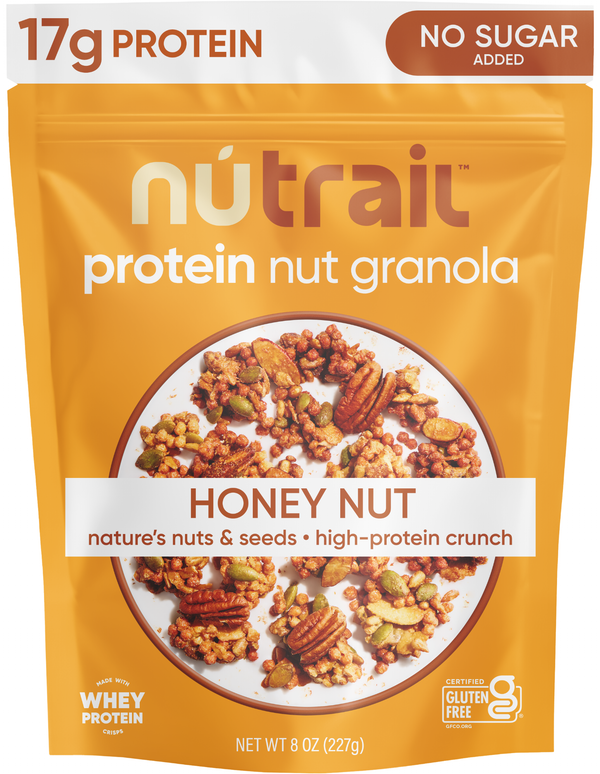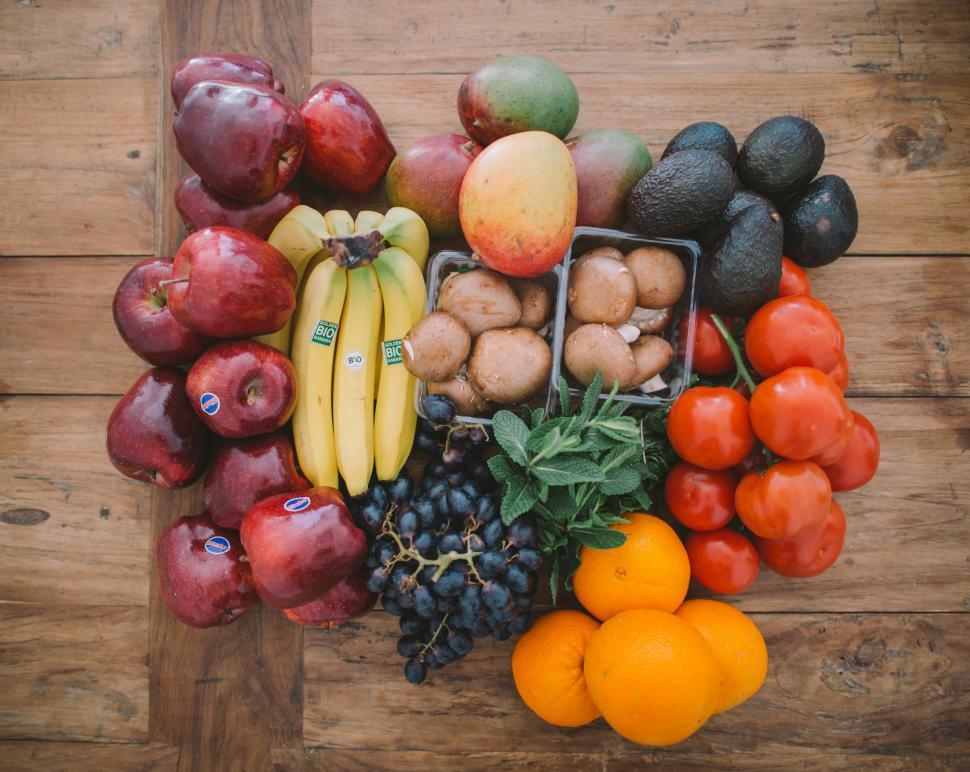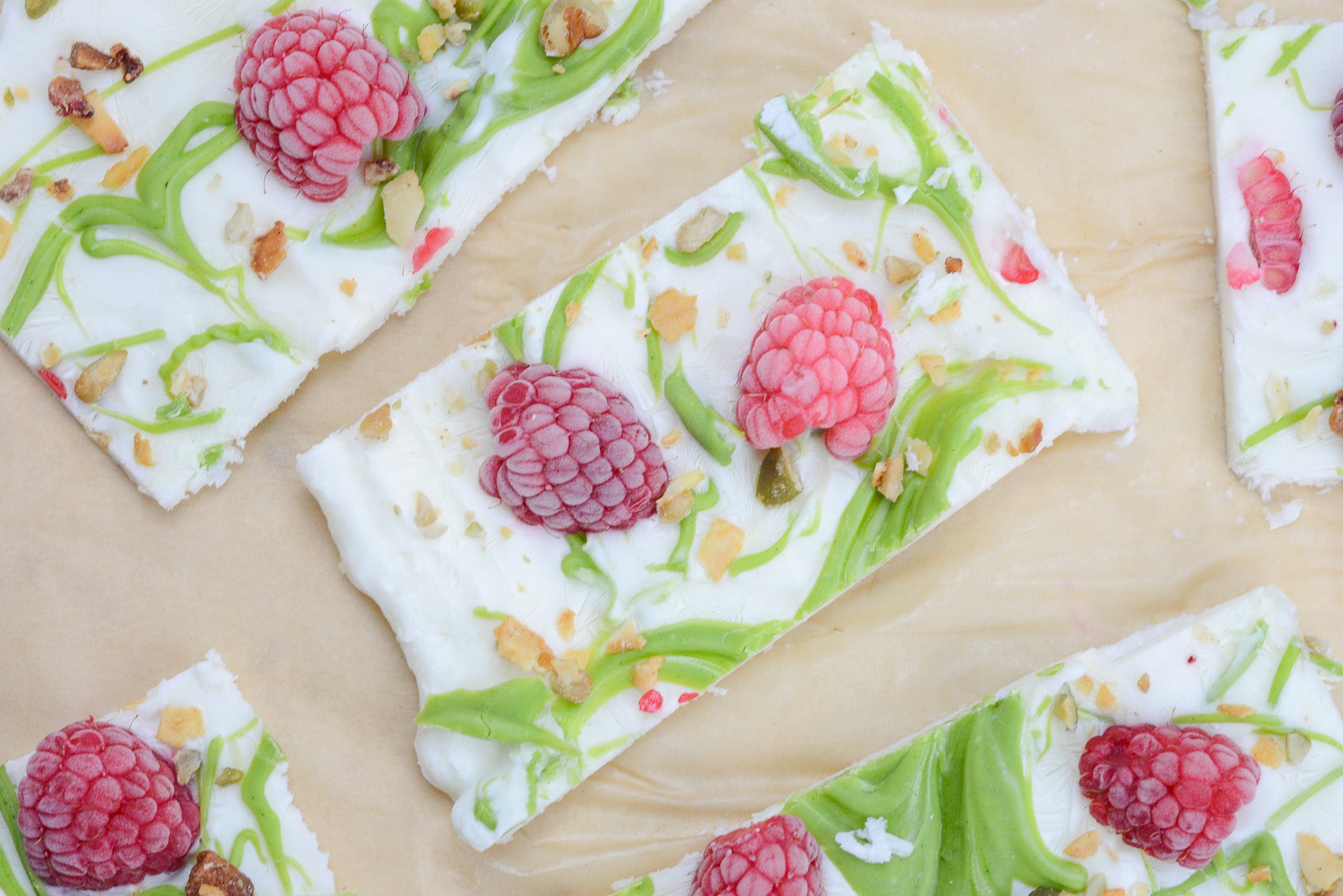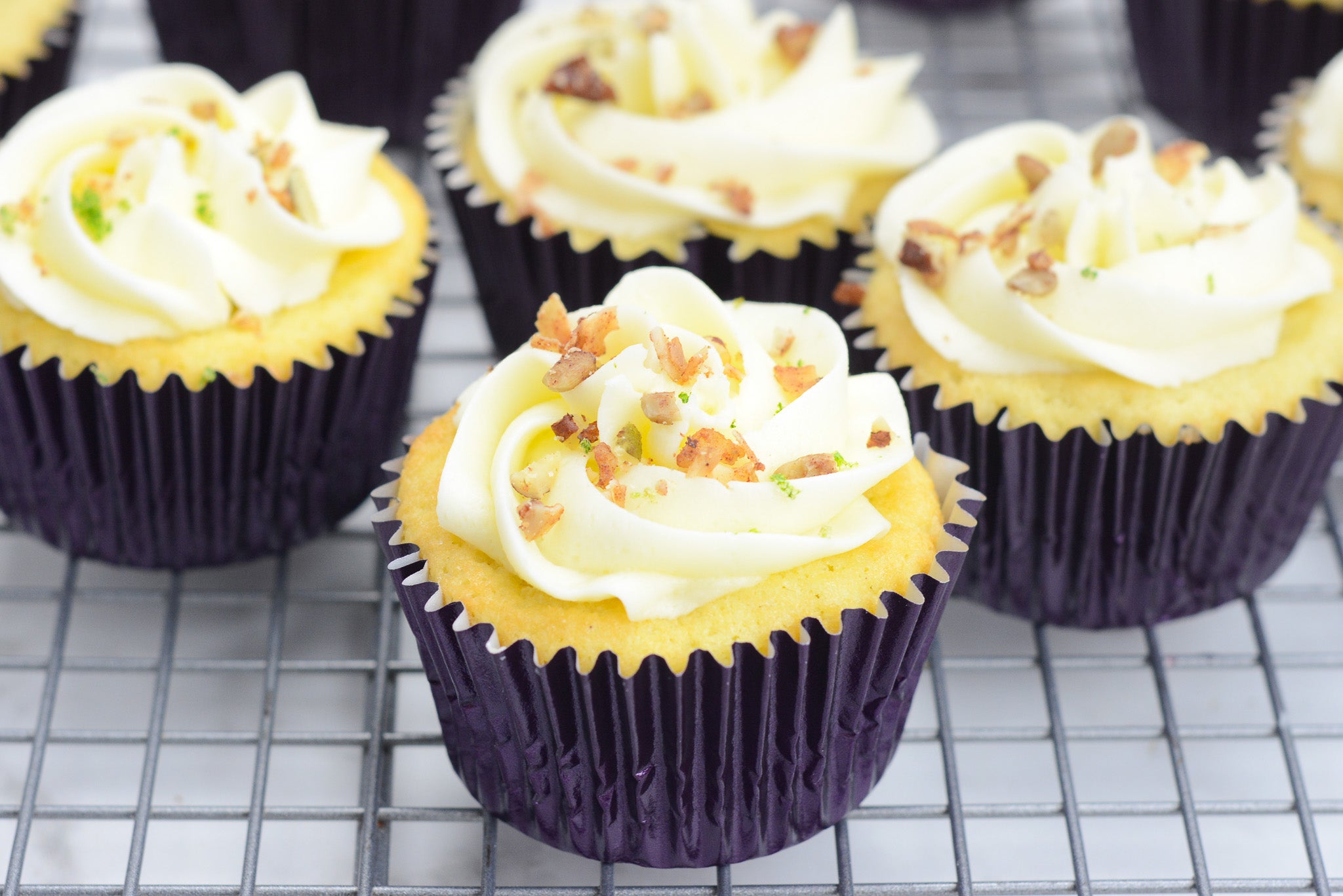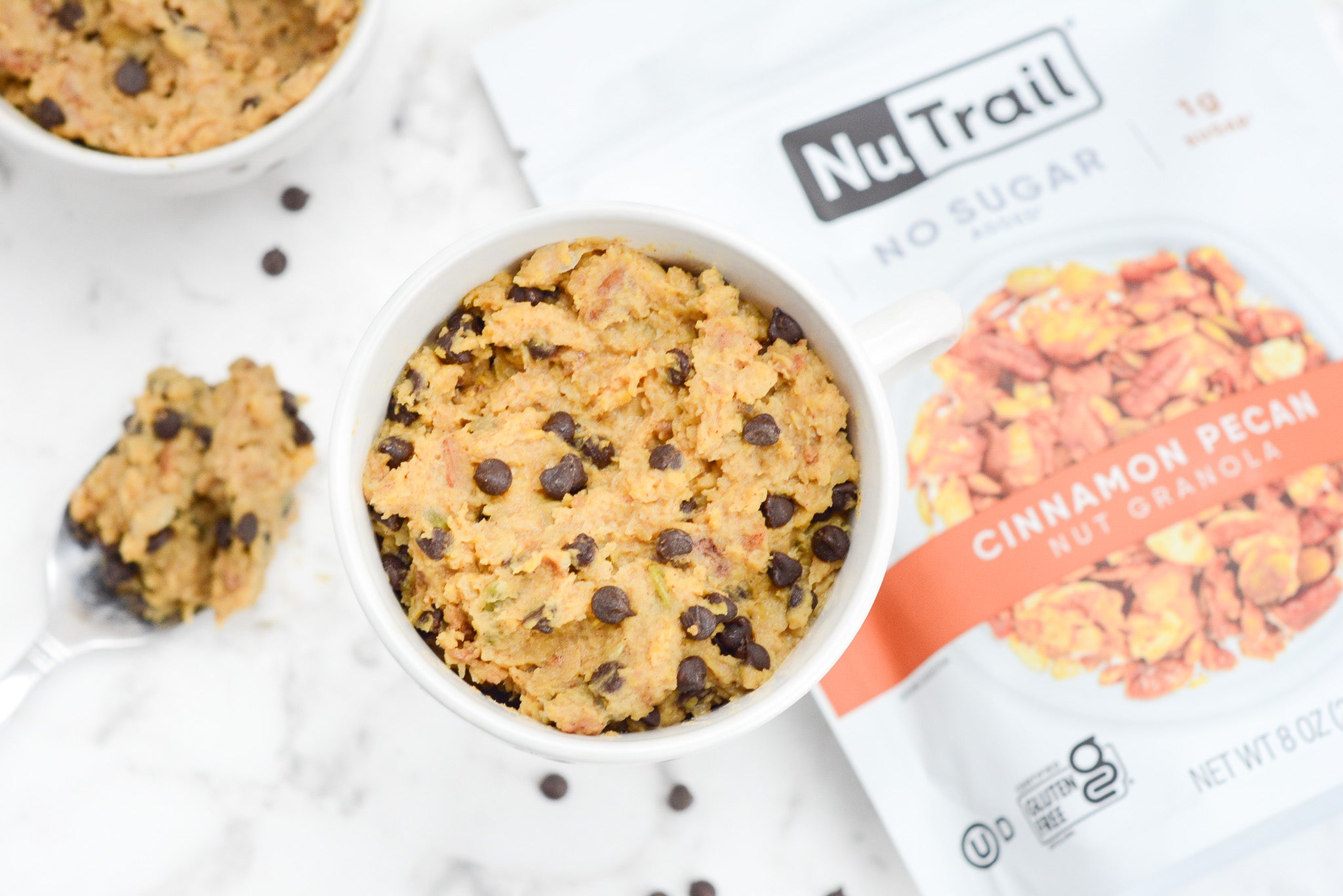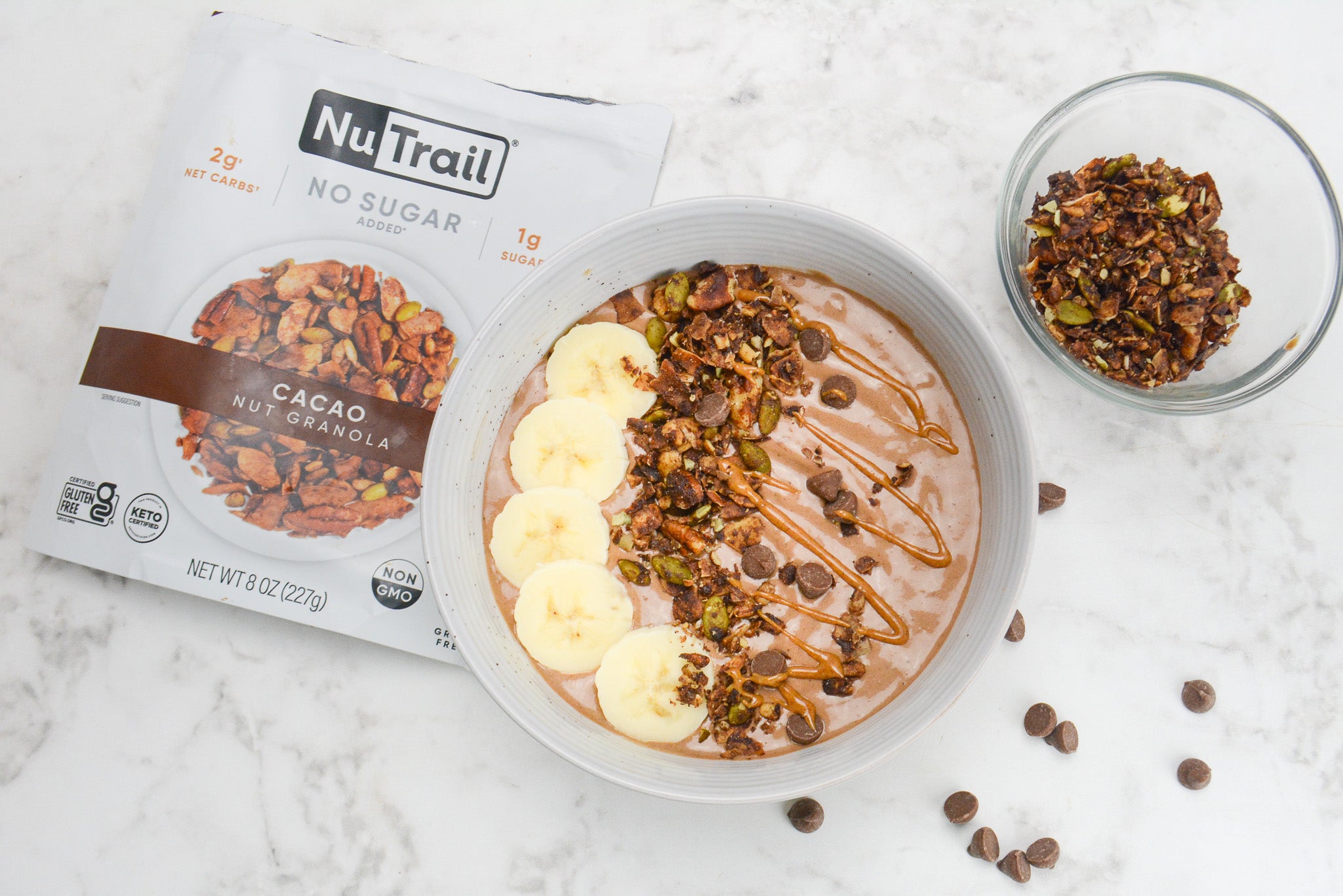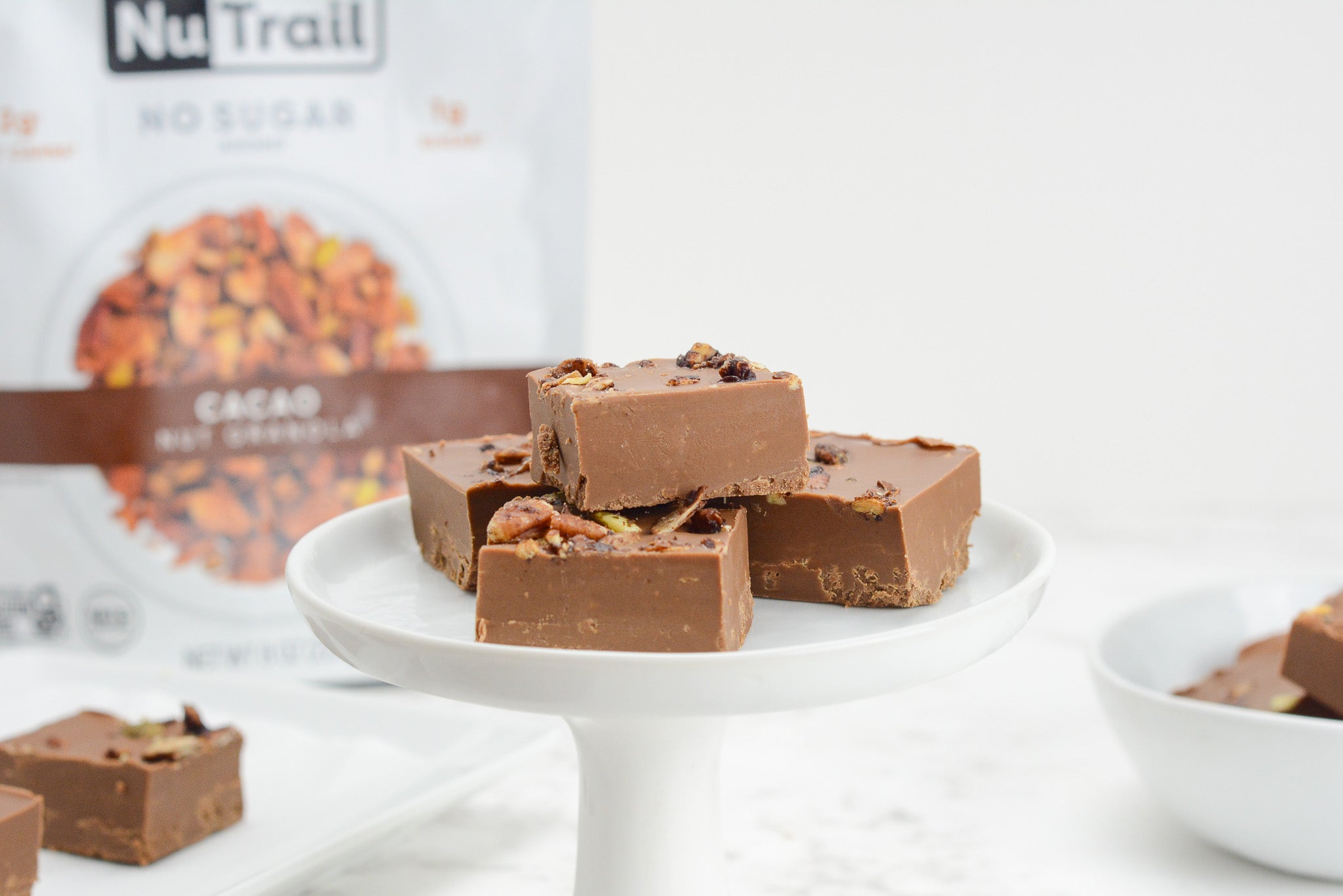One of the biggest challenges when it comes to maintaining a healthy diet is keeping produce fresh for a long period of time. We’ve all experienced the frustration- opening the fridge just to find wilted lettuce or moldy berries that were recently purchased. In this article, we will explore several simple and effective strategies you can use to extend the shelf life of your fruits and vegetables.
By Registered Dietitian, Chelsea Rice
1. Separate appropriate foods.
When storing fresh produce, you have to consider a few things- temperature, airflow, and gas. Some fruits and vegetables should be stored in the refrigerator, while others are best to be left at room temperature. A quick tip? Store it how you buy it. For example, broccoli, berries, and lettuce are all stored in the refrigerated section of the grocery store, so this is how they are best stored. On the other hand, potatoes, onions, and garlic are stored in the grocery store at room temperature.
It is important to note that produce that is stored in the refrigerator stays fresh longer when sealed and stored in appropriate containers (see more in #2), while produce stored at room temperature needs air circulation. Items like bananas, potatoes, and onions need to be removed from your grocery bag before storing.
And then there is ethylene gas. Fruits like apples and bananas naturally release this, which can be harmful for ethylene sensitive produce such as cabbage, leafy greens, and broccoli. To keep your produce fresh, avoid storing gas-emitting fruits and veggies by ethylene-sensitive fruits and veggies.
2. Invest in refrigerator produce containers.
Different types of produce require different humidity levels for optimal freshness. To mimic the ideal environment for your fruits and vegetables, consider investing in airtight containers with adjustable vents. For herbs, purchasing a clear herb pod can help you not only see what’s inside, but it will help your herbs breathe at their optimal hydration levels. By storing your produce in proper containers, your fruits, veggies, and herbs will be more likely to last longer.
Interested in investing in new refrigerator produce containers? Check out Chelsea’s favorite items below!
3. Keep it dry.
Moisture promotes the growth of mold and bacteria, leading to quicker spoilage. The challenging part of produce is that most fruits and vegetables have high moisture content. To help reduce the risk of your produce spoiling quickly, make sure it is dry before storing it. By using a clean cloth or paper towel, you can pat off the excess moisture on the outside of washed berries or lettuce.
4. Utilize mason jars.
While it might sound contradictory to the tip above, some vegetables actually stay more crisp and fresh by being stored in water. Items such as carrots and celery go limp quickly if stored open in the fridge. Place cut carrots and celery into a glass mason jar and fill with water (to the top). Place a lid on the jar and voila, your veggies will now stay fresh and crisp in the fridge for longer! Other produce, such as green onions, asparagus, and herbs should be stored like a bouquet of flowers. If you don't have a herb pod saver, you can create one similar at home by storing these items in a mason jar or glass filled ¼ way full with water. Place a bag over the top and then store in the refrigerator.
5. Avoid mold with vinegar.
Some produce, like berries, can be a pain to store. Mold seems to take over quickly, sometimes within days of purchase. To keep the mold away for longer, wash your berries in a water and vinegar bath. When creating a water and vinegar bath, you want to use more water than vinegar, to avoid your fruit to taste like vinegar. Chelsea recommends using ¼ cup white vinegar to 3 cups of cold water. Soak for 10-15 minutes, rinse, and pat dry before storing in the refrigerator.
In conclusion, your produce can last longer, by utilizing these simple kitchen tips and tricks. Try these out yourself and you’ll find yourself reducing less waste and eating more fruits and veggies. And the best part? Following these tips will help to make your life easier to maintain a healthy, colorful, and balanced diet!
